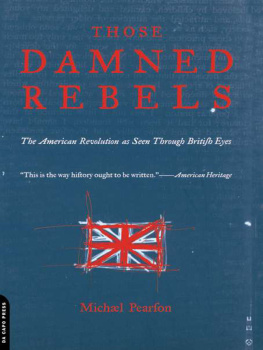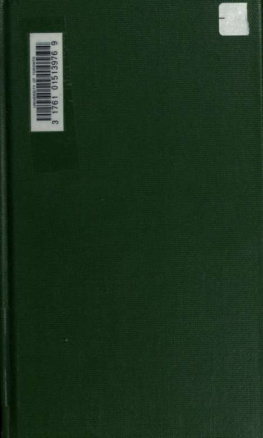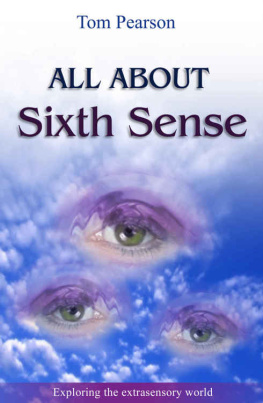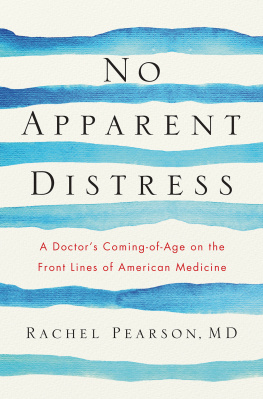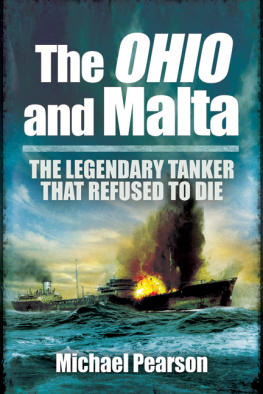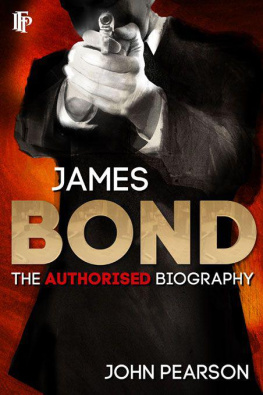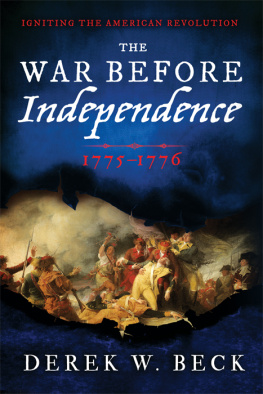All rights reserved. No part of this publication may be reproduced, stored in a retrieval system, or transmitted, in any form or by any means, electronic, mechanical, photocopying, recording, or otherwise, without the prior written permission of the publisher. Printed in the United States of America.
A CIP catalog record for this book is available from the Library of Congress.
ISBN-10: 0306-80983-4 ISBN-13: 978-0-306-80983-5
eBook ISBN: 9780786749782
FOREWORD
Those Damned Rebels tells the story of the American Revolution as it was seen through contemporary British eyes. Many of the basic events will, of course, be familiar to American readers, but the attitudes, the behind-the-scenes developments and, in particular, the vital repercussions that victories and defeats produced in London and Versailles will, I hope, provide a fresh perspective.
The prime source material available for a book of this nature is, of course, vast. In addition to the very large number of journals and long descriptive letters written by British officers in the fieldI quote more than fiftythere are tens of thousands of pages of often ill-penned government documents, kept in dusty box files, in the Public Record Office in London.
Those readers who are not historians may not fully appreciate the fact that by the second half of the eighteenth century the British had an established military, naval and colonial government organization. It was under great pressure, for the Empire had outgrown it; certainly it had never attempted to conduct overseas operations on the scale deployed in America from 1776. But there was in existence a formal structure, involving correspondence at all levels, much of which still exists.
Governors and commanders reported home regularly. Their staffs were in constant communication with the Colonial Office, the War Office, the Admiralty, the Artillery HQ and the various official supply boards. Civil servants in government departments corresponded with each other daily.
Most of their letters and memos are still on file and form the basic source material for this book, as indeed do those minutes of Cabinet meetings scrawled briefly by one of the ministers after the private dinners during which the meetings so often took place. The idea of Cabinet responsibility was still relatively new, but the minutes, limited though they were, did at least indicate what had been decided.
The fact that there is so much material is both remarkable and exciting. For example, the logthe actual log, written at seastill exists for every British ship that took part in the Battle of the Chesapeake. So there is a precise record that the fore topsail yard of the Shrewsbury, the lead ship in the line, was shot down at 45 minutes past 4.
Also, the private papers of almost every leading minister, general and admiral involved in the war have been preservedand are availablethough few of these are in the PRO. Many junior officers too came from influential families and corresponded regularly with the Secretary of State and other important men in London, and their letters are valuable.
One particularly important source for Those Damned Rebels has been Lord Stormont, British ambassador at Versailles during the critical period between 1774 and 1778, when the French, without whose support the rebellion would almost certainly have failed, entered the war. Stormonts long and frequent reports to London of his delicate negotiations are fluent, laced with dialogue, and even portray vividly the expressions on the faces of the French ministers. I have, therefore, been able to write descriptions of important meetings in the Palace of Versailles with a high degree of dramatic detail supplied by one of the men who were present.
Much the same applies to such points that might seem suspect as the weather and the exact times when events occurred in the field in America. Even the most tight-lipped of the British tended to give this type of information so that, as an author, I know from a prime source at what time the wind changed during the night before the assault on Long Island.
The picture of the British that emerges from these books and documents and the mass of printed British sources has seemed to me very different from the traditional idea of the redcoats or the bloodybacks.
Judgment after the event, coupled with fiction disseminated originally as rebel propaganda and developed with time into legend, has presented a portrait of royal officers as absurdly foolish men, inept, inefficient, brutal, dulled by the previous nights drinking. The truth, as I began to discover, is that despite the system of commission purchase and complete lack of formal training, many of the British officers, from generals down, were surprisingly competent. They had their mistresses and drank their wine, but in the field their performance was often very high. (Some were incompetent, of course, but todays system does not invariably produce competence.) For example, only a small handful of officers, mostly teen-agers, stopped the panic stampede of British troops on the road from Concord to Lexington. They raced to the front, presented their bayonets (on their small musketlike fusees) and quickly forced nearly 700 terrified men to form ranks under intense rebel fire.
Many of the decisions, which appear in retrospect to be astonishingly stupidsuch as Howes move to Philadelphia in 1777 when Burgoyne advanced from Canadawere not as unreasonable as they seem when the circumstances in which they were made are appreciated. Of all the British commanders, Howe in particular was an enigma; he was unquestionably an able field general, yet he failed sometimes to exploit openings on which he should have acted. Still, even some of thesesuch as his decision not to storm the American redoubt after the Battle of Long Islandare not as strange as they appear when his explanations in evidence at his investigation are considered.
This book tries to see the warthe decisions that were made and the actions that were foughtin a contemporary setting. It does not set out to whitewash the British or even to argue that Howe was necessarily right to make his drive for Philadelphia in 1777. What it does try to do is to strip away some of the distortions of patriot propaganda, pitched partly on mockery and partly on brutality (so that Americans would fear the British while laughing at them), and to present a realistic picture of a major power attempting to put down a revolt for the very understandable reason that its leaders believed that if they failed, the whole Empire would collapse.
In 1775 most Americans did not want a revolution. They had to be cajoled into it-though admittedly, the British administration was a great help to the revolutionaries. For this reason, virtually all the rebel accounts of the first years events were wild exaggerations and the propaganda system continued, albeit in a more muted, more sophisticated form, for the rest of the war. For the real conflict was for the somewhat changeable minds of Americans, as Washington discovered to his cost in New Jersey in 1776 and as Burgoyne found out so painfully in upper New York in 1777.

